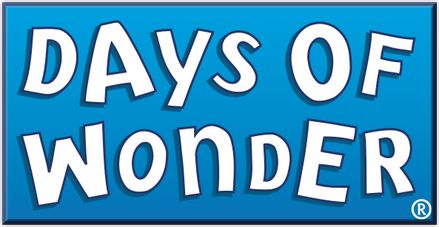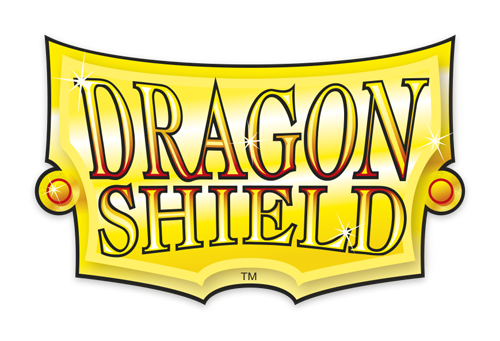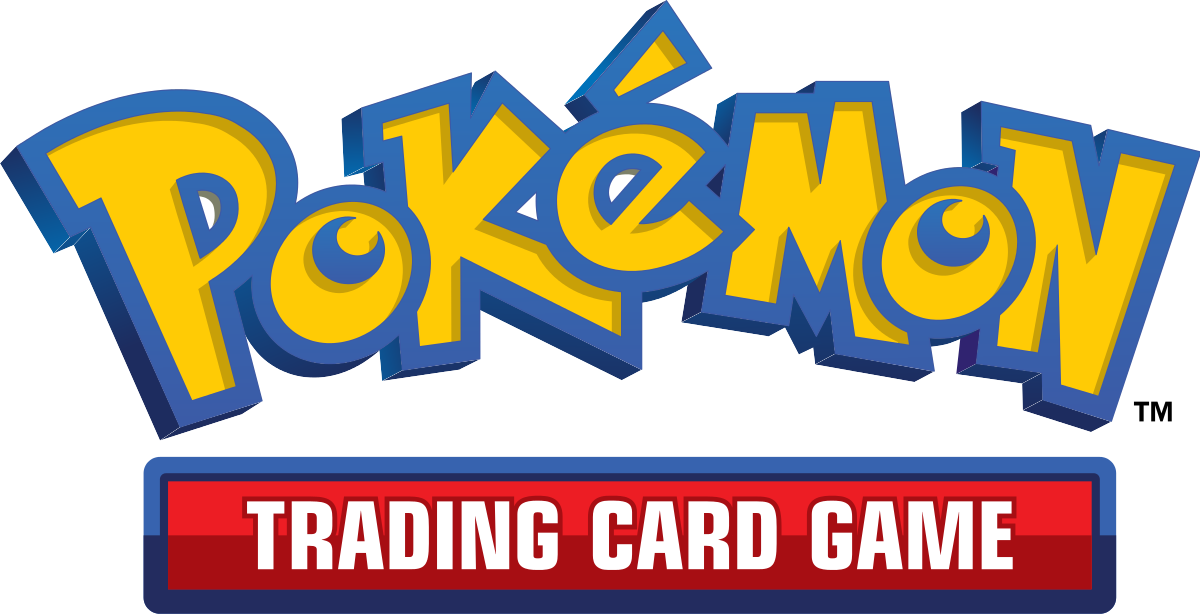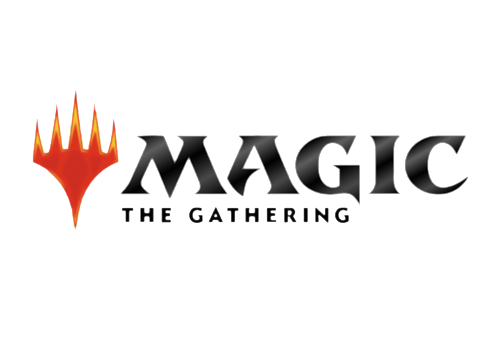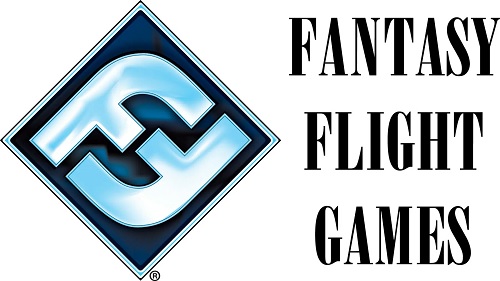One game I played during the trick-taking event that I attended in mid-January 2023 — first report here — was not in the BGG database, and I kept waiting for someone else to submit a listing for it, but since they didn’t, I’ve now done so.
Nigoichi is a party game for 3-6 players from designer Yusuke Sato (TimeBomb) and publisher Jelly Jelly Games, and it falls squarely in the Codenames / So Clover! / Cross Clues camp of you attempting to clue two words with a single word.
The game’s title and box cover spell this out in terms that are not entirely clear to me since my Japanese knowledge begins and ends with numbers, but in general you have “Nigoichi”, with “ni” (二) being “two”, “go” (五) being “five”, and “ichi” (一) being “one”, and in the cover illustration you have 2 and 5 pairing up together as a couple, that is, as one unit. The anthropomorphic numerals each say a word, then they say the same word together. Their spirits have merged! Two things have become one!
This image represents gameplay perfectly:
To set up a round, lay out as many word cards as twice the number of players plus one, so eleven cards in a five-player game. Each word is assigned a number (e.g., 1-11), then each player secretly receives two number cards at random, with the final lone number being placed face down on the table. If you receive, say, 3 and 8, then you need to think of a one-word clue that links word #3 and word #8. Write your clue on your board.
Sample round; I’ve written out the words below for easier reading
Everyone reveals their clues at the same time, then everyone tries to figure out which pair of words corresponds to each clue, with the long-term goal of figuring out which of the words was not assigned to any player. Once everyone has written their answer, reveal each player’s pair of words as well as the lone number. If you guessed the answer correctly, score 20 points. For each player who guessed one of your words, lose 10 points.
After five rounds, whoever has the most points wins.
Now, the title = gameplay theory falls apart a bit because the game’s Japanese name is ニゴイチ, which is pronounced “Nigoichi”, except the second character is not 五 (“go”, meaning “five”), but ゴ, which is still pronounced “go” while apparently meaning…”go”. Instead of 一 (“ichi”, meaning “one”), you have イチ, which is pronounced “ichi” and which means…? There’s probably some wordplay going on with “goichi”, but I don’t have a clue — although I have learned that イチゴ (“ichigo”) means “strawberry”, so that’s something.
Anyway, looking at the round above, we have the following words:
1 – panda
2 – tulip
3 – bus
4 – banana
5 – chair
6 – handkerchief
7 – superpower
8 – hamburger
9 – scissors
10 – dustpan
11 – butterfly
12 – fried rice
13 – computer
I’ll note that we were scanning Japanese word cards with a phone, then writing each translation on a slip of paper. You could translate the entire game in this manner, although we did hit a few words that foiled the translator, similar to “ichi”, I suppose.
The clues are:
• punching
• dirty
• restaurant
• Mcintosh
• seamstress
• sarcophagus
Which clues correspond to which pairs of words, and what’s the leftover word? Use the spoiler coding below to post your answers!
Player boards for deciphering clues (l) and writing your clue (r)
Admittedly, this challenge doesn’t quite match what you’ll find in the game since you know the two words that correspond to your clue. If you had 9 and 10 and had clued “seamstress”, then you would know that “dirty” is not a clue for “dustpan”, whereas everyone else would not. (Also, that probably wouldn’t have been a good clue.)
Nigoichi does exactly what I love in So Clover!. To quote my review of that game, you’re “trying to generate clever clues and figure out the cleverness of others”. The difference is that in So Clover! everyone creates their own puzzle of four interlinked words that other players then attempt to solve, whereas in Nigoichi everyone collectively creates a puzzle that everyone then attempts to solve.
Sample So Clover! puzzle; which cards fit on the pegs in which orientations to match the clues?
In So Clover!, the solvers are challenged by the inclusion of a randomly drawn word card that’s shuffled with the four word cards you did use. Sometimes the randomness makes the puzzle harder, and sometimes it’s irrelevant. In Nigoichi, the randomness comes from the clues given by other players — which means the randomness isn’t random at all, but meaningful. If you think you know which two words are clued by “punching”, you can then “reverse engineer” the clue by saying, “If I had those two words, would this clue seem reasonable?” So Clover! sometimes works the same way, but now you’re working with the cleverness of 2-5 other players — and they might not all be thinking along the same lines.
Here’s another challenge for you:
1 – camera
2 – kangaroo
3 – horned beetle
4 – pumpkin
5 – turtle
6 – curry
7 – tomato
8 – deep fried
9 – shaved ice
10 – gum
11 – mouse
12 – hide & go seek
13 – trunk
Single words in Japanese do not always become single words in English, but your clue is meant to be only a single word! The clues for these words are:
• box
• smile
• belly
• vermin
• dessert
• ketchup
As with So Clover! and other games along these lines, it’s hard to care about the scoring, especially with the values being needlessly tenfold what they could be, but the points are there to give you a reason for trying. You don’t want others to guess the correct answer because then they will score points — but if you throw them off track and they guess one of your words instead, you lose points, punishing yourself half as much as you punished them…or more if multiple players were not warded off your words.
I realize that I could, of course, play Nigoichi right now using cards from Codewords and pen and paper, but whenever I finally get back to Japan, this will be one of the games I’m looking to buy — even though I’ll need to translate all of the words! — simply because I want to support a designer creating something that it so perfectly aligned with my tastes. And if a publisher licenses the game in English before that happens so that the word cards can be “held” by the anthropomorphic numbers as intended, well, so much the better!
